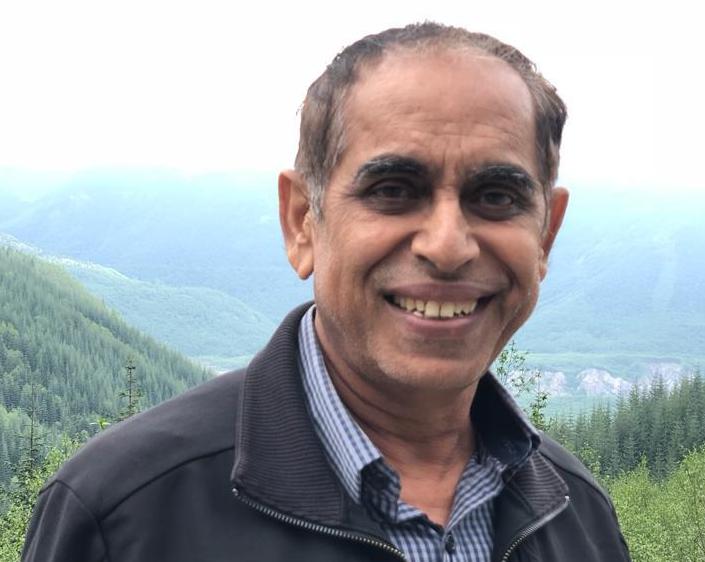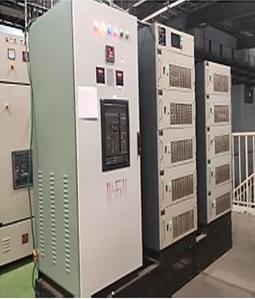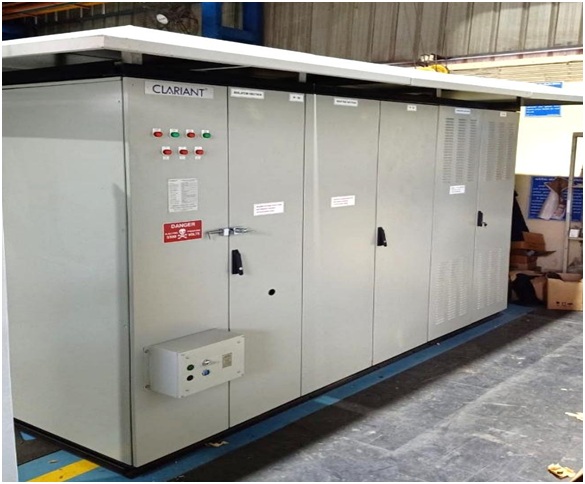
Let us start by understanding how membership of IEEMA has grown over the years, with respect to the Capacitors & Power Quality (CAPQ) division.
Membership of IEEMA Capacitors & Power Quality Division (CAPQ) is quite stable for many years. The division currently has close to 50 active member organizations and about 100 individuals representing member organizations who participate in various initiatives taken by CAPQ. All major organizations working in the field of capacitors and power quality are members of CAPQ division. Member organizations include large scale multinationals, medium and small-scale organizations. CAPQ truly represents entire cross section of the industry
The term “quality power” is often used to describe the ultimate service that the discoms could provide to its consumers. How would you describe “quality power” in simple terms?

Discoms are expected to provide continuity, and maintain voltage within reasonable tolerance values, limit voltage dips, surges, and distortions. However, the major power quality issue today is the increased level of harmonics in power systems for which, ironically, the culprits are consumers and not discoms.
Loads at consumer installations are predominantly non-linear which cause harmonics which are exported back to discoms and come back to consumers as voltage distortion. Harmonics in power systems is a permanent power quality issue unlike many transient power quality issues and the solution lies in remedial actions at the consumer end only.
Why is power quality critical, especially when it comes to sectors like BFSI, healthcare, education, telecom, etc?
The sectors you mentioned are critical from the point view of continuity as any interruption can lead to loss of lives, loss of financial transactions, disruption of crucial exam schedules, disruption in communications etc. Continuity is important everywhere as dependence on power has increased in all spheres but some sectors like continuous process industry suffer maximum due to interruptions as the losses are huge and cannot be made up.
Besides continuity aspect the permanent distortion in supply due to harmonics increases losses, increases failures, causes distortion in performance of equipments and controls, and reduces life of installation and efficiency.
Please describe the responsibility that rests on discoms in their pursuit of providing quality power to its consumers – especially commercial and industrial.

Discoms have multiple functions like creating awareness, formulating, and getting approval from regulatory commissions of effective tariff structures, updating their metering and monitoring infrastructure, etc. The regulatory commissions today are coming out with tariff structures that also impose reverse penalty on discoms for voltage harmonics besides defining penalties on erring consumers for current harmonics.
If discoms are not able to discipline the erring consumers who export excessive current harmonics to grid, then excessive voltage harmonics are bound to be caused in grid supply.
This may result in far more reverse penalty to discoms than direct penalty received by discoms from erring consumers.
There is much stress laid on maintaining healthy power factor (PF) ratio, especially with respect to industrial consumers. What does this entail on part of the industrial consumer?
Discoms in India provide attractive incentives to both industrial and commercial consumers either directly as PF incentives or as built-in incentive as per KVAH billing structure. Improved power factor means the consumers generate their own reactive power which otherwise is imported from the grid. Thus, consumers’ dependence on grid reactive power reduces in proportion to the improvement in power factor at consumers’ end.
This allows discoms to use their installed capacity to larger extent and they pass on part of the benefit to consumers as incentive. Besides direct incentive, consumers also stand to gain from the fact that installed infrastructure at their end is also utilized better, losses reduce, operating currents reduce and there is an improvement in life of installation.
Industrial consumers that fail to maintain a healthy PF ratio are penalized by power utilities. What is your view? Conversely, should consumers that maintain a healthy PF be rewarded in some way?
There is one aberration here with respect to solar and wind plant operators. There is massive addition of solar and wind power to grid. There are guidelines but no effective regulations are in place for reactive power support from solar and wind plants. This is burdening the reactive power installations of grid and causing voltage issues. Just as industrial and commercial consumers maintain good power factor by installing reactive power systems, the solar and wind power operators are expected to have in-house reactive power systems to provide reactive power and voltage support to grid.
What are the typical products and services that go into the “power quality” aspect of the value chain? Please discuss India’s self-reliance in this regard.
The various products that go into power quality value chain comprise of passive, active and hybrid solutions. The various components are power capacitors, series and shunt reactors, switchgear, controllers, active harmonic filters, static VAR generators, power quality analyzers and meters etc. India is self-reliant in this field and there is adequate manufacturing infrastructure for all the above solutions. However, we also have healthy competition from overseas manufacturers.
How have industrial consumers responded to the need for maintaining healthy PF ratio? Do you see an uptick in the demand for products and services related to power quality?
Thereafter, only the Maharashtra state power utility has recently come out with comprehensive measure for incentives and penalties on power quality, again resulting in increased demand for power quality solutions.
I would like to add here that CERC has already laid guidelines in 2019 for power quality but the implementation is very poor as states have yet to adopt the CERC guidelines. Once the regulations are in place the demand for power quality solutions and services will rise manifold.
Does India, as seen from the performance of IEEMA members, have good prospects for export of PQ equipment and solutions?
India has very good potential for export of power quality solutions. India has manufacturing capabilities as well as expertise in the field. The initiatives for power factor incentives in India have been unique and comprehensive. Elsewhere in the developing world, these are either absent or have only begun in a small way. The initial rush for availing PF incentives without correctly designed systems has escalated power quality issues and this, in turn, has given solution providers rich experience.
As Chairman of IEEMA’s C&PQ division, what would be the three most important items on your agenda?
The most important items on my agenda as IEEMA’s CAPQ Chairman would be:
- To widen CAPQ’s reach to various stakeholders like regulatory commissions, discoms and industry associations, and work towards rationalization of tariff structures
- To deepen CAPQ’s engagement with various private and state agencies for enhancing testing and certification infrastructure in the country, which is inadequate to meet local as well as export requirements of the industry
- To increase membership of CAPQ division by bringing into its fold many industries working in the field but not yet part of the division
Industrial photographs used in this interview (source: Clariant Power) are illustrative of equipment used in power quality solutions.
